
The blue sheep inhabits steep rocky slopes at an altitude of 2,700 to 3,200 meters, occasionally entering coniferous forests and forest open areas. The blue sheep may inhabit higher altitudes in the same area. Food includes grasses, low shrubs, lycopods and lichens, and they alternate between eating...
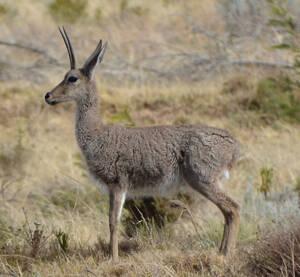
Shorthorn (scientific name: Pelea capreolus) Grey Rhebok, Common Rhebok, Rhebok, Vaal Rhebok, no subspecies.Shorthorn is active during the day, occasionally grazing and resting, and tends to rest in the shade at noon. They form two kinds of social groups. The first consists of many females and one d...
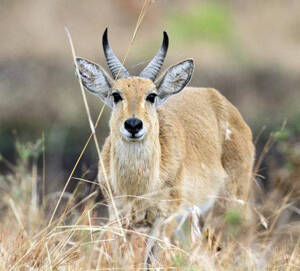
Reedbuck (scientific name: Redunca redunca) is called Bohor Reedbuck, Common Reedbuck, Cobe de Roseaux in French and Cobe de Roseaux in German. It has 7 subspecies.Adult male reedbucks maintain territories of 0.2–0.3 km2, enforcing their boundaries through patrolling and display rather than marking...

Mountain Reedbuck (scientific name: Redunca fulvorufula) is called Mountain Reedbuck in English, Redunca de montagne in French, Rooiribbock in Afrikaans, and Bergriedbock in German. There are three subspecies.The range size of mountain reedbuck territories ranges from 15,000-48,000 square meters. Fe...
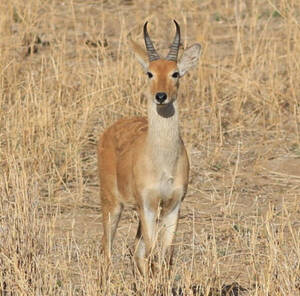
Southern Reedbuck (scientific name: Redunca arundinum) English Southern Reedbuck, French Redunca grande, Afrikaans Rietbok, German Grossriedbock, no subspecies.The territory of female Southern Reedbuck is 15-40 hectares. Males maintain territories that include several females. Territory demarcation...
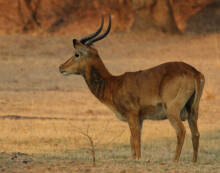
Kobus vardonii (scientific name: Puku) has two subspecies.Territory is established by male Kobus vardonii. Territory size depends on the number of territorial males in the area and the availability of suitable habitat resources. Single males form their own groups, and females tend to be seen in smal...
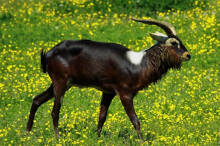
Nile Waterbuck (scientific name: Kobus megaceros) is also known as Nile Lechwe in English. There is no subspecies.Nile Waterbuck is a crepuscular animal, a social animal that lives in groups but has a sense of territory. It forms groups of 50-500 individuals. In a herd, three social classes are form...
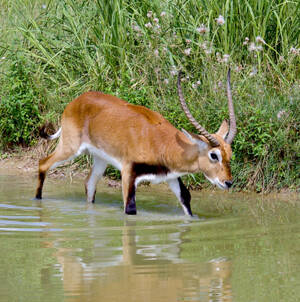
Lechwe (scientific name: Kobus leche) is called Southern Lechwe in English, Cobe Lechwe, Lechwe in French, Cobo de Lechwe in Spanish, Rooi-lechwe in Afrikaans, and Moorantilope in German. There are 5 subspecies.Lechwes form loose mixed groups and single-sex groups of 400 or up to 1,000 individuals....
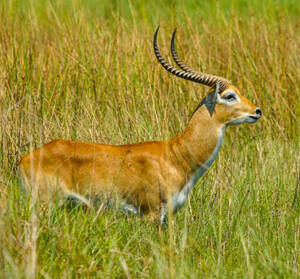
Kobus kob (Kob in English, Grasantilope in German, Cobe de Buffon in French) has 8 subspecies.Kobus kob may migrate long distances and graze along rivers during migration. One group in southeastern Sudan traveled 150-200 km during the dry season. During these migrations, populations may reach great...
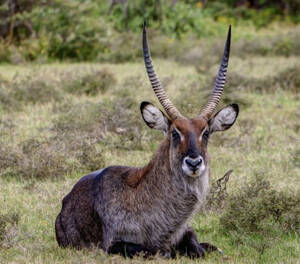
Waterbuck (scientific name: Kobus ellipsiprymnus) is called Waterbuck in English, Cobe onctueux in French, Afrikaans in Afrikaans, and Wasserbock in German. There are 13 subspecies.Waterbuck is an animal active during the day. There are generally about 30 heads in a family. After giving birth to you...
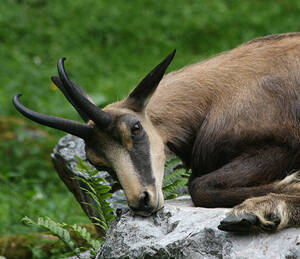
Rupicapra rupicapra (scientific name: Rupicapra rupicapra) English Northern Chamois, Alpine Chamois, Anatolian Chamois, Asia Minor Chamois, Balkan Chamois, Carpathian Chamois, Caucasus Chamois, Chamois, Tatra Chamois, Turkish Chamois, French Chamois, Spanish Gamuza, Gamuza Septentrional, Rebeco sept...
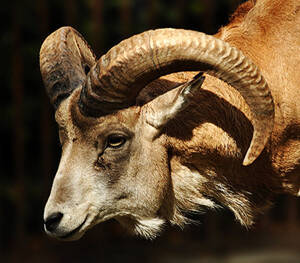
Ovis vignei (scientific name: Ovis vignei) is also known as Urial in English. There are 5 subspecies.Ovis vignei is a gregarious sheep, and the group size can be as high as hundreds of individuals. In Iran's "Golestan" National Park, there are herds of more than 4,000, but the average...
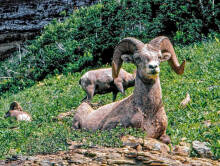
Snow Mountain Sheep (scientific name: Ovis nivicola) English Snow Sheep, Russia Chubuk, Snezhnyi Baran, there are 4 subspecies.Snow Mountain Sheep usually do not migrate, but will make seasonal short-distance movements. Large groups are often segregated by sex, with older males forming small groups...
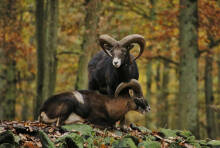
Ovis gmelini, English Mouflon, Asiatic Mouflon, French Mouflón, Spanish Muflón, Russian Муфлон, has 3-5 native wild subspecies: the nominate subspecies (O.g. gmelini) and two subspecies limited to Iran: Isfahan subspecies (O.g. isphahanica) and Laristan subspecies (O. g. laristanica). Someti...
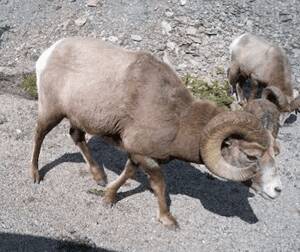
Canadian Bighorn Sheep (scientific name: Ovis canadensis) is called Bighorn Sheep, Mountain Sheep in English, Mouflon D'Amérique, Mouflon Du Canada, Mouflon Pachycère in French, Borrego Cimarrón, Carnero Del Canadá, Carnero Salvaje in Spanish, and has 8 subspecies.Canadian bighorn sheep are...
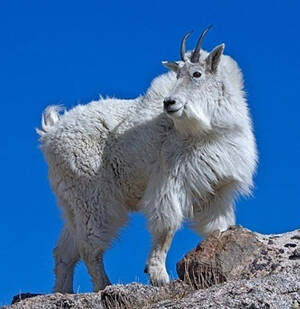
Snow sheep (scientific name: Oreamnos americanus) is also known as Mountain Goat and Rocky Mountain Goat. There is no subspecies.The degree of sociality of snow sheep varies throughout the year. They tend to form large herds in the winter and concentrate on salt licks in the spring, but they form sm...

Capricornis sumatraensis (English: Mainland Serow, Serow, Spanish: Serau de Sumatra, German: Südlicher Serau), has three subspecies, namely Sumatran Serow (nominal subspecies), Chinese Serow and Himalayan Serow. In ancient times, it was called "Heavenly Horse". According to the Records of...
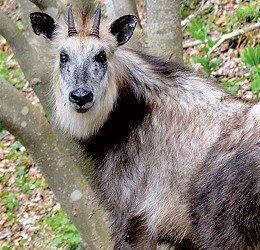
Japanese Serow (scientific name: Capricornis crispus) is also known as Japanese Serow, and has no subspecies. As one of Japan's official national treasures, the Japanese Serow has caused trouble for taxonomists due to its unique characteristics. All species of the genus Serow were once grouped t...